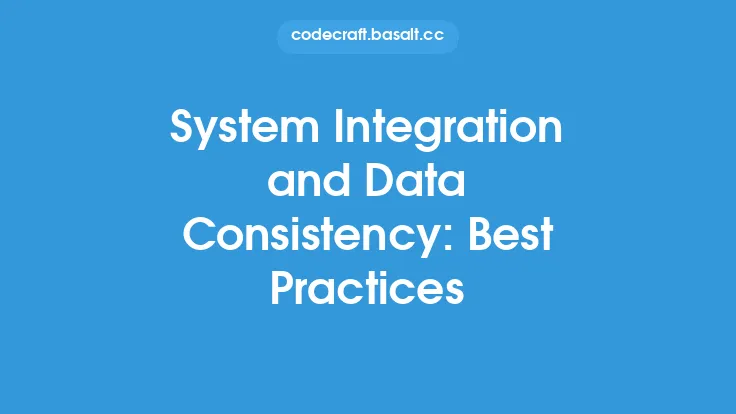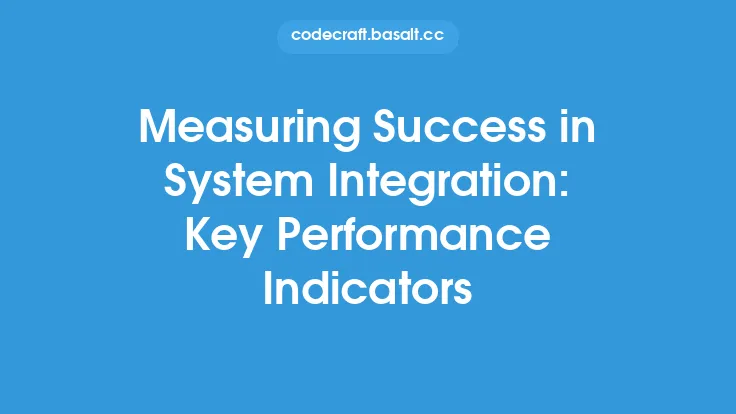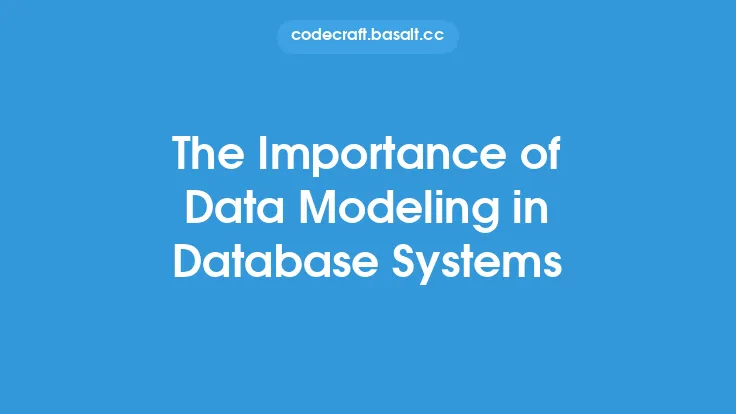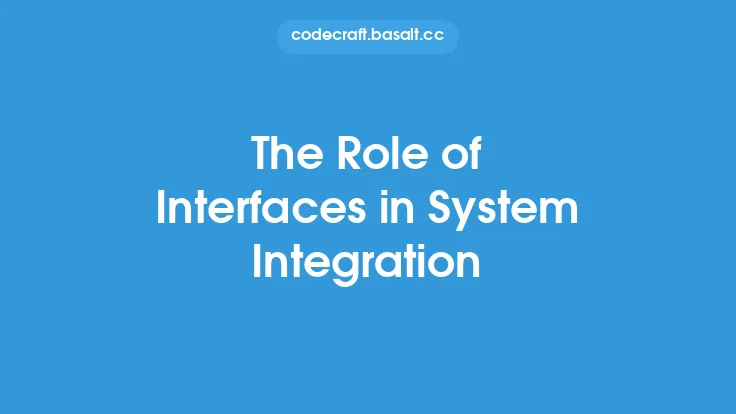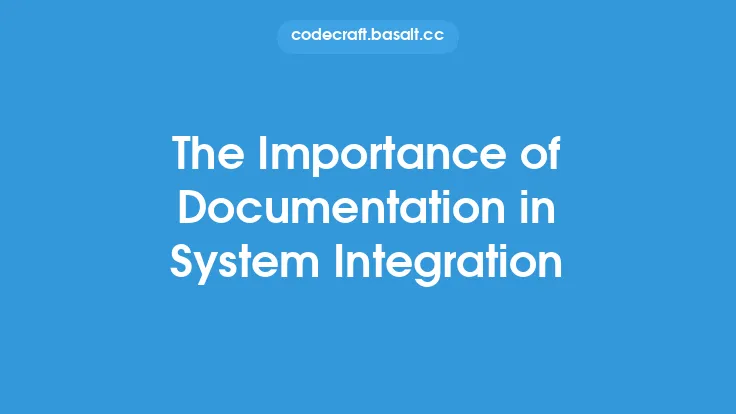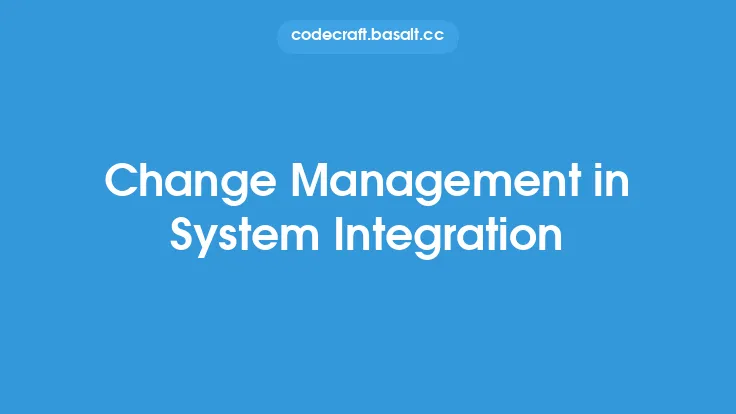Data mapping and transformation are crucial components of system integration, enabling the seamless exchange of data between different systems, applications, and organizations. In today's interconnected world, businesses rely on various software systems, each with its own data formats, structures, and protocols. To integrate these systems effectively, data must be mapped and transformed to ensure compatibility, consistency, and accuracy. This process involves converting data from one format to another, making it possible for different systems to communicate and exchange information.
Introduction to Data Mapping
Data mapping is the process of creating a correspondence between two or more data formats, allowing data to be translated from one format to another. It involves identifying the relationships between data elements, such as fields, attributes, or records, and defining how they should be transformed to match the target system's requirements. Data mapping can be performed manually or using automated tools, depending on the complexity of the integration and the volume of data being exchanged. Effective data mapping requires a deep understanding of the data structures, formats, and protocols used by each system, as well as the business rules and requirements that govern the integration.
Data Transformation Techniques
Data transformation involves converting data from one format to another, using various techniques such as data type conversion, data aggregation, data filtering, and data validation. Data type conversion involves changing the data type of a field or attribute, such as converting a string to a date or a numeric value. Data aggregation involves combining multiple data elements into a single value, such as calculating a total or average. Data filtering involves selecting a subset of data based on specific criteria, such as filtering out duplicate records or invalid data. Data validation involves checking data for errors or inconsistencies, such as validating email addresses or phone numbers.
Data Mapping and Transformation Tools
Various tools and technologies are available to support data mapping and transformation, including data integration platforms, enterprise service buses (ESBs), and data transformation languages. Data integration platforms provide a centralized environment for designing, deploying, and managing data integrations, often with built-in data mapping and transformation capabilities. ESBs enable the integration of multiple systems and applications, providing a standardized interface for data exchange and transformation. Data transformation languages, such as XSLT (Extensible Stylesheet Language Transformations) and JSONata, provide a standardized way of defining data transformations and mappings.
Best Practices for Data Mapping and Transformation
To ensure successful data mapping and transformation, several best practices should be followed. First, it is essential to thoroughly understand the data structures, formats, and protocols used by each system, as well as the business rules and requirements that govern the integration. Second, data mapping and transformation should be performed in a standardized and consistent manner, using established data models and transformation rules. Third, data validation and error handling should be implemented to ensure data quality and integrity. Finally, data mapping and transformation should be continuously monitored and optimized, using metrics and analytics to identify areas for improvement.
Common Data Mapping and Transformation Challenges
Several challenges are commonly encountered when performing data mapping and transformation, including data quality issues, data format inconsistencies, and data semantic differences. Data quality issues, such as missing or invalid data, can make it difficult to perform accurate data mapping and transformation. Data format inconsistencies, such as differences in date or time formats, can require additional transformation steps to ensure compatibility. Data semantic differences, such as differences in data meaning or interpretation, can require careful analysis and mapping to ensure accurate transformation.
Real-World Applications of Data Mapping and Transformation
Data mapping and transformation have numerous real-world applications, including enterprise application integration, business-to-business (B2B) integration, and data warehousing. Enterprise application integration involves integrating multiple applications and systems within an organization, often using data mapping and transformation to enable seamless data exchange. B2B integration involves integrating systems and applications between different organizations, often using standardized data formats and protocols. Data warehousing involves integrating data from multiple sources, often using data mapping and transformation to create a unified view of the data.
Future Directions for Data Mapping and Transformation
The future of data mapping and transformation is likely to be shaped by emerging trends and technologies, including artificial intelligence (AI), machine learning (ML), and the Internet of Things (IoT). AI and ML can be used to automate data mapping and transformation, using algorithms and models to identify patterns and relationships in the data. IoT will require the integration of data from numerous devices and sensors, often using data mapping and transformation to enable real-time data exchange and analysis. As data volumes and complexities continue to grow, the need for efficient and effective data mapping and transformation will become increasingly important, driving innovation and advancement in this field.
